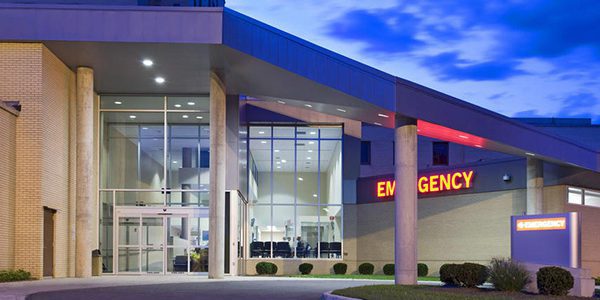The hospital census calm before the COVID-19 storm.
As COVID-19 hits, we’re rightfully terrified our hospitals will be overrun, as they have been in China, Italy, and Seattle. And to be clear, they will. But in these early days, my hospital and many like it are far from full. It’s eerily open, like a widening beach when the waters recede before a tsunami.
How is that possible?
Most hospitals have taken precautions that feel like a horror movie version of a holiday. There are no elective surgeries or scheduled admissions of any kind. We are discharging patients whenever and wherever safely possible. Thanks to relaxing federal regulations, this now includes transferring less ill patients to acute rehab facilities, which creates capacity for sicker COVID-19 patients. And while there are no edicts, I get the sense the threshold to admit has been raised ever so slightly.
Perhaps social distancing is a factor too. In addition to limiting the spread of COVID-19, we’re likely reducing transmission of flu, RSV, and other infections. Visitation limits at skilled nursing facilities may be especially helpful. Isolation is no fun, but neither is C. Diff. There’s also less travel-related accidents, perhaps fewer restaurant induced food-borne illnesses, and a whole lot more caregivers around.
But there’s something else. Last year I wrote a two-part series about why our hospitals are full, noting that in the hospitalist era, there’s less resistance to hospitalization. In short, hospitalists are hired to admit patients. The more hospitalists we hire – there were over 50,000 in the U.S. as of 2019 – the more patients we admit. Specifically, I posed that we admit more borderline ill patients, who in pre-hospitalist times, often stayed home.
Suddenly, things have changed.
We’ve been warned to conserve critical resources such as hospital beds. We’ve been told not to come to the hospital unless absolutely necessary. To my amazement, we’ve largely listened. Everyone from patients to physicians to pundits seems to be on board. In a matter of two weeks, we’ve become a nation motivated not to hospitalize.
Which begs an important question. What happened to all those borderline ill patients who just a month ago absolutely-positively-how-dare-you-block-this-admission required hospitalization? Are they just toughing it out at home? Are they all going to die?
I’ve heard a few horror stories, but I don’t think that’s happening. A sizable group of people is simply getting by without hospitalization. Which makes me think, maybe they never needed hospitalization in the first place. And maybe without the risks of hospitalization – like infections, delirium, and deconditioning – they’re better off at home. And just maybe without the added costs of unnecessary hospitalizations, we’re all better off.
All of which makes me wonder, what might we learn from our census calm before the COVID-19 storm? Will we change our wasteful ways? Will we be too traumatized to even try? Will the world be so different when it’s all over that it won’t matter?
Nobody knows.
I hope we get back to normal. And when we do, I hope we hospitalize differently, but I’m not counting on it.
Steve M. Grant is a hospitalist.

